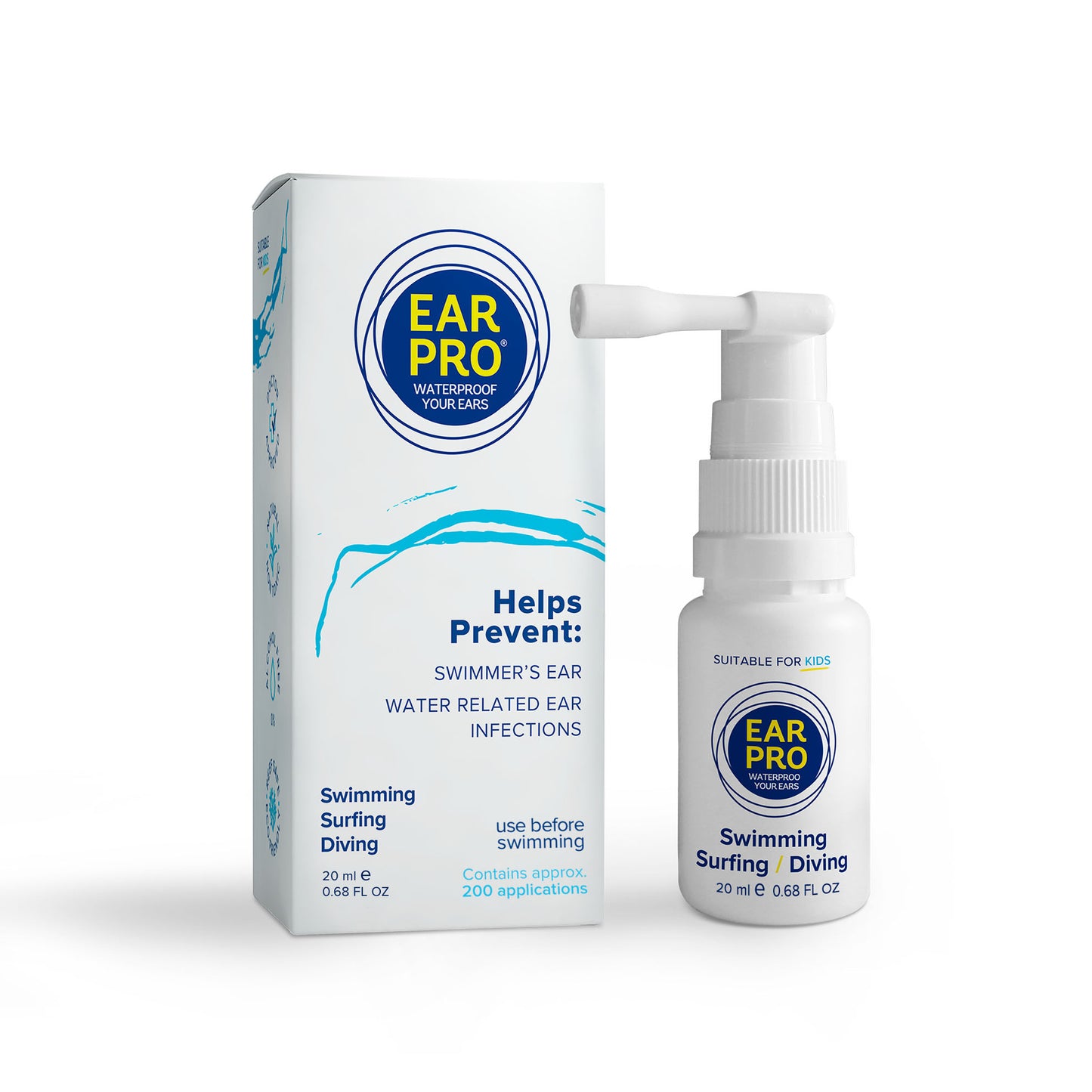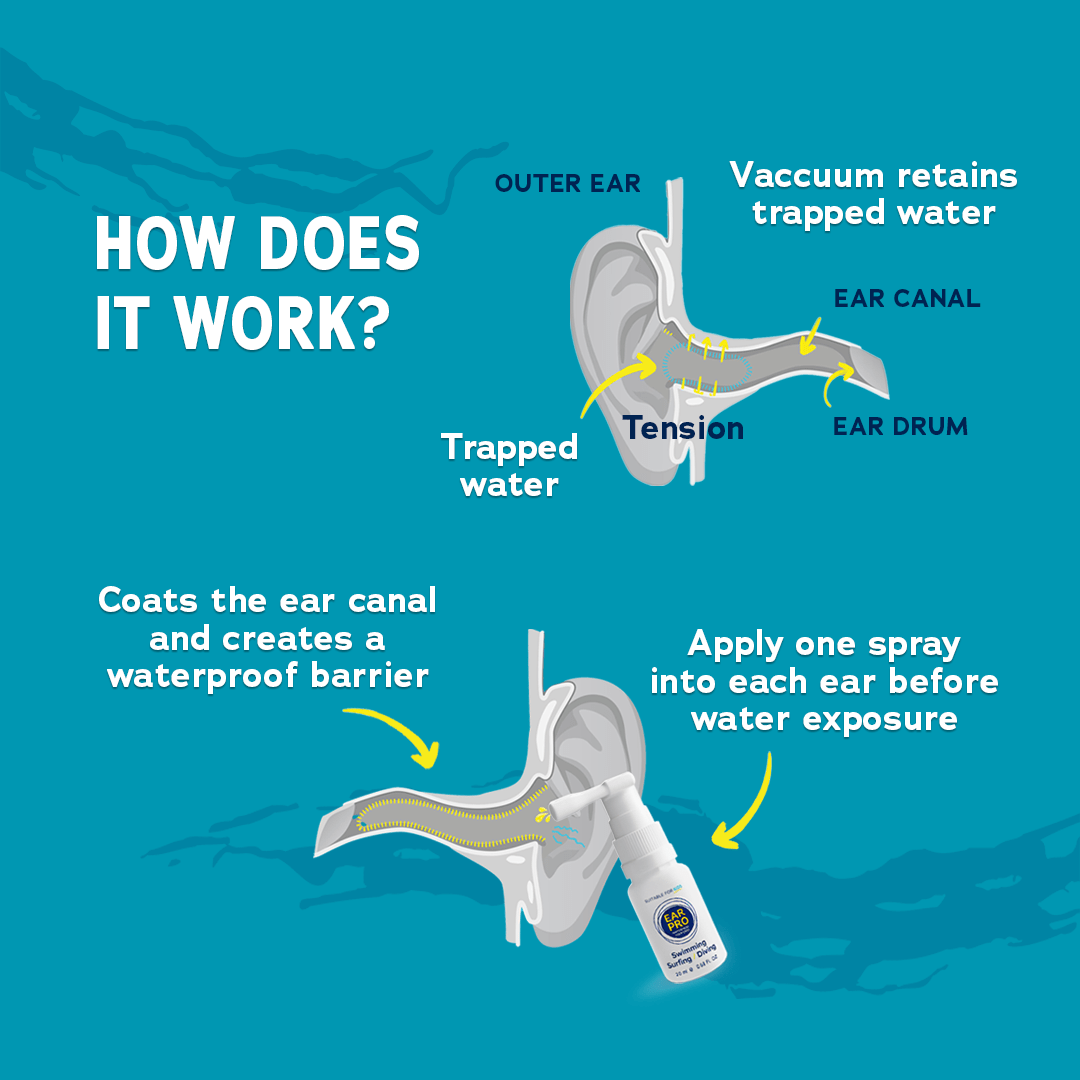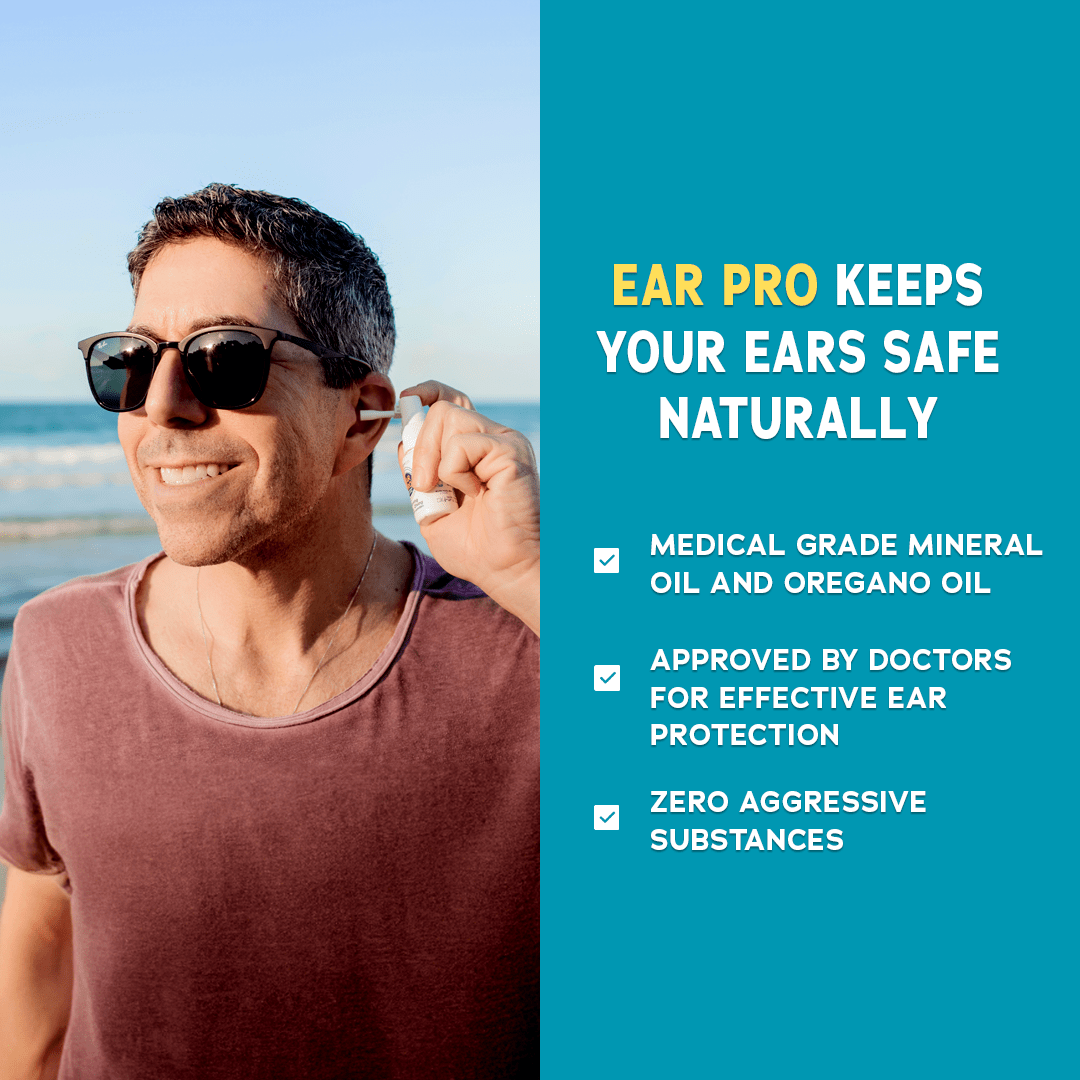Understanding the various types of breaking waves is essential for surfers and ocean enthusiasts alike.
These waves shape our coastlines, determine surfing conditions, and influence marine ecosystems.
Learning about their types, wave formation, and impact can significantly improve your surfing skills and safety.
Table of Contents
1. Understanding the Basics of Wave Breaking
2. Different Types of Waves: How They Break
3. Beach Breaks: Pros and Cons for Surfers
4. Reef Breaks: The Challenge and Reward of Perfect Waves
5. Point Breaks: Long Rides and Consistent Waves
6. How Wave Size and Power Impact Surfing
7. Factors that Influence Wave-Breaking
8. Essential Surfing Gear
9. How to Choose the Best Type of Wave for Your Skill Level
10. Conclusion
11. Frequently Asked Questions
Understanding the Basics of Wave Breaking
Waves break when they reach shallow water, causing the crest to become unstable and topple over.
Exploring the different types of breaking waves can help surfers identify the best spots to practice their skills.
Wave breaking is affected by factors such as the slope of the seabed, wave energy, and wind conditions.
The interaction between these elements determines how and where a wave will break.
By understanding surfing wave mechanics, surfers can better predict and adapt to different types of waves for surfing.
Different Types of Waves: How They Break
Breaking waves are categorized based on their behavior as they approach the shore. Below is a detailed breakdown of each type, including descriptions, formation, ideal conditions, and famous locations.
1. Spilling Waves
These waves break gradually over a long distance. The crest spills gently down the face of the wave, creating a rolling, non-intimidating break. These waves are a classic example of how the types of breaking waves vary depending on the seabed slope.
-
Formation: Form on gently sloping seabeds where the wave's energy dissipates slowly
-
Ideal For: Beginners and those practicing basic surfing technique
-
Where to Find: Popular beach breaks such as Waikiki Beach in Hawaii and Long Beach in New York
2. Plunging Waves
Plunging waves are dramatic and powerful, with the crest curling over and crashing down, forming a tube or "barrel."
-
Formation: Occurs on steeper seabeds or areas with sudden depth changes, compressing wave energy
-
Ideal For: Experienced surfers seeking challenging, hollow waves to ride inside the barrel
-
Where to Find: Iconic spots like Pipeline in Oahu, Hawaii, and Supertubes in Jeffrey’s Bay, South Africa
3. Surging Waves
These waves surge up steep shores without breaking fully, often crashing directly onto the beach or rocks. Among the various types of breaking waves, surging waves highlight the dramatic interaction between wave energy and steep shorelines.
-
Formation: Form on steep coastlines with deep water close to the shore
-
Ideal For: Not suitable for surfing but great for photography and sightseeing
-
Where to Find: Seen on rocky coastlines like Big Sur in California and parts of Cornwall, England
4. Collapsing Waves
A combination of plunging and surging waves, these waves collapse chaotically without forming a proper crest.
-
Formation: Found on moderately steep seabeds where the wave's energy dissipates unevenly
-
Ideal For: Rarely suitable for surfing due to their unpredictability
-
Where to Find: Commonly found in areas with mixed seabed gradients
Each type of breaking wave offers unique conditions, and understanding their mechanics is key to improving surfing techniques and ensuring safety in the water.
Beach Breaks: Pros and Cons for Surfers
Beach breaks occur when waves break over a sandy seabed, making them some of the most popular surf spots globally.
These breaks are dynamic due to shifting sandbars that influence wave formation and size.
Among the many types of breaking waves, beach breaks are particularly popular for their accessibility and versatility for surfers of all skill levels.
Pros:
-
Safety: Soft sandy bottoms reduce the risk of injury during wipeouts
-
Variety: The constantly changing sandbars provide waves for all skill levels, from small spilling waves for beginners to occasional larger plunging waves for intermediates
-
Accessibility: Many beach breaks are located near public beaches, making them easy to access
Cons:
-
Unpredictability: Shifting sandbars can lead to inconsistent and unpredictable wave patterns
-
Crowded Spots: Popular beach breaks often become overcrowded, especially during peak seasons
Famous examples of beach breaks include Bondi Beach in Australia and Hossegor in France, which is known for its heavy, hollow waves favored by experienced surfers.
Reef Breaks: The Challenge and Reward of Perfect Waves
Reef breaks happen when waves break over a coral reef or rocky seabed.
These breaks are popular for their consistency and perfect wave shapes but require caution due to the hazards associated with shallow reefs.
This is one of the various types of breaking waves known for its ability to produce powerful and hollow waves.
Pros:
-
Consistency: Reef breaks often produce well-formed, predictable waves, making them a favorite among advanced surfers
-
Barrels: Many reef breaks create powerful, hollow waves perfect for barrel riding
Cons:
-
Danger: The sharp and shallow reef can cause severe injuries during wipeouts
-
Exclusivity: Reef breaks are generally more challenging, making them unsuitable for beginners
Examples of iconic reef breaks include Teahupo’o in Tahiti, famous for its heavy barrels, and Cloudbreak in Fiji, which offers long, powerful rides.
Point Breaks: Long Rides and Consistent Waves
Point breaks occur when waves hit a point of land or rocks jutting out from the coastline, causing them to peel consistently along the shore.
Surfing point breaks demonstrate how the types of breaking waves interact with unique geographical features.
These breaks are ideal for surfers looking for long rides to practice maneuvers.
Pros:
-
Extended Rides: Point breaks offer some of the longest rides in surfing, providing ample time for turns and tricks
-
Consistency: Waves at point breaks often break in a predictable pattern, making them excellent for progression
Cons:
-
Crowds: Their popularity often leads to crowded lineups
-
Hazards: Rocky shorelines and shallow takeoff zones can pose risks
Famous point breaks include Rincon in California and Jeffreys Bay in South Africa, both known for their long, peeling waves.
How Wave Size and Power Impact Surfing
Wave height and power play a crucial role in shaping the surfing experience. These factors determine the speed, difficulty, and overall dynamics of waves, requiring surfers to adapt their techniques and skill levels accordingly.
1. Small Waves
Small waves are gentle and less intimidating, making them perfect for beginners.
They are generally slower and easier to ride, allowing surfers to focus on mastering basic techniques like standing up, balancing, and turning.
Small waves are also ideal for practicing on longboards, as their buoyancy complements the forgiving nature of the wave. These are often considered the best waves for beginners.
2. Medium Waves
Medium waves offer a step up in challenge and excitement, making them suitable for intermediate surfers.
These waves are faster and more powerful, providing opportunities to refine skills like carving and bottom turns.
Surfers on medium waves can also start experimenting with shorter boards to achieve greater maneuverability and speed.
3. Large Waves
Large waves are the pinnacle of surfing challenges, reserved for advanced surfers with substantial experience and expertise.
These waves are characterized by their immense power, speed, and steep faces. They demand precise timing, strong paddling skills, and the ability to handle high-pressure situations.
Riding large waves often involves advanced maneuvers like cutbacks, aerials, and navigating through barrels.
Understanding wave size and the various types of breaking waves ensures you choose the right conditions to match your surfing ability.
Factors that Influence Wave-Breaking
Understanding what causes waves to break can significantly enhance a surfer’s ability to predict and adapt to conditions.
1. Seafloor Topography
The shape and composition of the ocean floor, known as bathymetry, play a major role in wave behavior. Reefs, sandbars, and rocky outcrops cause waves to break in distinct ways.
For example, reefs often produce plunging waves, while sandy bottoms create spilling waves.
Famous reef breaks like Teahupo’o in Tahiti showcase how steep underwater formations create hollow barrels.
2. Tides
Tidal changes alter the depth of water over the seabed, directly influencing wave quality.
High tides often enhance wave consistency, while low tides can expose hazards like rocks or coral reefs, making conditions more dangerous.
Surf spots like Hossegor in France are particularly affected by tidal shifts, with optimal conditions occurring during specific tide levels.
3. Wind Conditions
The direction and strength of the wind influence wave shape and surfability. Offshore winds help groom waves into clean, rideable shapes by holding up the crest, while onshore winds create choppy, less desirable conditions.
Morning sessions often benefit from lighter offshore winds, especially in places like Jeffrey’s Bay, South Africa.
4. Swell Direction and Period
The direction from which the swell approaches and the time between wave peaks (period) are critical for wave formation.
Longer swell periods typically generate more powerful waves. The alignment of the swell with the coastline determines whether a spot will have good surfing conditions.
Point breaks, such as Rincon in California, rely on the correct swell direction to produce their signature peeling waves.
These insights are especially crucial for understanding how the types of breaking waves interact with environmental conditions.
Essential Surfing Gear
Having the right gear is fundamental for enjoying and excelling at surfing. Whether you're a beginner learning the ropes or an experienced surfer chasing the perfect wave, each piece of equipment serves a unique purpose.
1. Surfboards
Surfboards are the cornerstone of surfing, and choosing the right one depends on your skill level, wave type, and personal preferences.
Beginners typically start with larger foam boards that provide stability and are easier to paddle.
Intermediate and advanced surfers gravitate toward shorter, performance-oriented boards that offer greater maneuverability for carving and advanced tricks.
For those tackling big waves, specialized big-wave boards, known as "guns," are designed for speed and control.
2. Wetsuits
Wetsuits are critical for protecting surfers from cold water and extending time in the ocean. They provide thermal insulation, buoyancy, and protection from abrasions.
The thickness of the wetsuit is determined by water temperature—for example, a 3/2mm wetsuit is suitable for mild conditions, while a 5/4mm wetsuit is ideal for colder waters.
Full suits with hoods, gloves, and booties are often necessary for extreme cold.
3. Ear Protection
Exposure to cold water and wind can lead to conditions like surfer’s ear, where bone growth in the ear canal causes pain and hearing issues.
Specialized earplugs or sprays like Ear Pro are designed to prevent water from entering the ear canal while still allowing sound to pass through.
Ear protection is especially important for surfers who frequent cold or polluted waters.
4. Leashes
Leashes, or leg ropes, are safety devices that keep your surfboard tethered to your ankle.
This prevents the board from drifting away after a wipeout and reduces the risk of accidents for other surfers. High-quality leashes are durable and equipped with comfortable ankle straps.
5. Wax and Traction Pads
Surfboard wax is applied to the deck of the board to provide grip and prevent slipping. Different types of wax are available for varying water temperatures.
Traction pads, placed near the tail of the board, offer additional grip for foot placement during powerful maneuvers.
6. Fins
Fins are crucial for stability, control, and maneuverability. Modern surfboards use removable fins, allowing surfers to adjust their setup based on wave conditions.
Thruster setups (three fins) are common for all-around performance, while quad setups (four fins) are favored for speed and control in larger waves.
7. Rash Guards and Boardshorts
Rash guards protect against skin irritation caused by board friction and sun exposure. Boardshorts, designed for comfort and quick drying, are a staple for warm-water surfing.
Investing in the right gear enhances your surfing experience and ensures safety and comfort in the water.
How to Choose the Best Type of Wave for Your Skill Level
Selecting the right wave type is essential for safety and progression.
-
Beginners: Spilling waves at beach breaks with gentle slopes are the best waves for beginners due to their forgiving nature
-
Intermediate Surfers: Point breaks offer long rides and consistent waves, allowing intermediate surfers to practice turns and maneuvers
-
Advanced Surfers: Plunging waves at reef breaks provide the challenge and power needed to test advanced skills, but they require caution due to their hazards
Matching your skill level to the right wave type enhances learning and ensures a safer surfing experience.
Conclusion
Understanding the types of breaking waves and their characteristics is essential for surfers aiming to improve their skills and enjoy the ocean safely.
By recognizing how different waves form and break, surfers can make informed decisions, select appropriate surfing conditions, and employ effective surfing techniques for different wave patterns.
Whether you're exploring a beach break, tackling a reef break, or enjoying the long rides of a point break, knowing your waves is the key to mastering the art of surfing.
Frequently Asked Questions
1. What are the different types of waves surfers encounter?
Surfers encounter various types of waves, including spilling waves (gentle and ideal for beginners), plunging waves (powerful with hollow barrels for advanced surfers), surging waves (unsuitable for surfing but dramatic), collapsing waves (chaotic and unpredictable), and tsunami waves (not surfable and caused by seismic activity).
2. What causes waves to break?
Waves break when they reach shallow water, causing the crest to become unstable and topple over. This process is influenced by factors like the slope of the seabed, wave energy, wind conditions, and the interaction of the wave with the shoreline.
3. What is the best type of wave for beginner surfers?
Spilling waves are the best for beginners due to their gentle, rolling nature. These waves break gradually, providing a forgiving environment to practice balance and basic techniques.
4. How do beach breaks differ from reef breaks in surfing?
Beach breaks occur over sandy seabeds, making them safer and more accessible for all skill levels, but their waves can be unpredictable due to shifting sandbars. Reef breaks, on the other hand, form over coral or rocky seabeds, offering consistent, powerful waves but requiring caution due to sharp reefs and shallow water.










